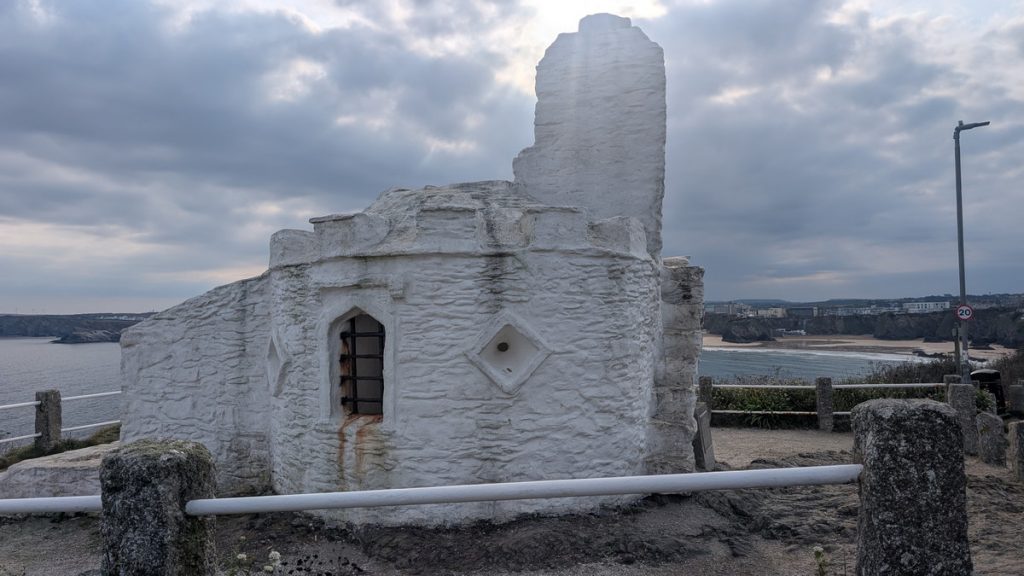Fishing has shaped the landscapes and communities along the South West Coast Path for centuries. From Somerset’s herring lookouts to Cornwall’s pilchard cellars and Devon’s pioneering trawlers, the coast is lined with harbours, quays, and villages whose identity has always been tied to the sea.
Shared Traditions and Enduring Identity
Fishing in the Southwest goes back to the earliest settlements. For centuries, the two main methods used across the region were:
- Seine Fishing: Encircling large shoals of fish (like pilchards) close to the shore with huge nets.
- Drift Netting: Setting long nets that drifted with the tide, snaring fish as they swam into them.

Huers—lookouts stationed on the clifftops—were central to the industry in both counties. They would watch for the dark moving clouds of fish (shoals) in the bay and, use distinctive flags and calls- “Hevva! Hevva!” – to guide the fishing fleet into action below. This unique maritime tradition was crucial to the local economy, with skilled huers playing a vital role in coordinating the complex pilchard fishing operations that sustained coastal communities throughout the 18th and 19th centuries.
You can still spot their surviving huts on headlands along the Coast Path.
The sheer scale of the historic industry is best seen in the Pilchard Cellars. Found in many ports, these were the industrial processing plants where catches were cured, layered with salt, and pressed. The resulting pilchard oil was a valuable commodity, often used for street lighting in London and other major cities.
Fishing in both Cornwall and Devon has seen periods of boom and bust. Historic catches like pilchards and herring collapsed in the 20th century, but the industry demonstrated its resilience and adapted. Shellfishing now supports many harbours, hand-lining for mackerel has revived, and modern methods like sustainable trawling at Brixham and ring-netting for Cornish sardines keep traditions alive.
Walking the South West Coast Path today, you are walking through this living history. You can still watch the dawn auctions at major ports, take a fishing trip from popular harbours, or see the enduring legacy of the past in the huer’s huts standing on their cliffs. Fishing remains both a vital industry and an enduring part of the cultural identity of the southwest coast.